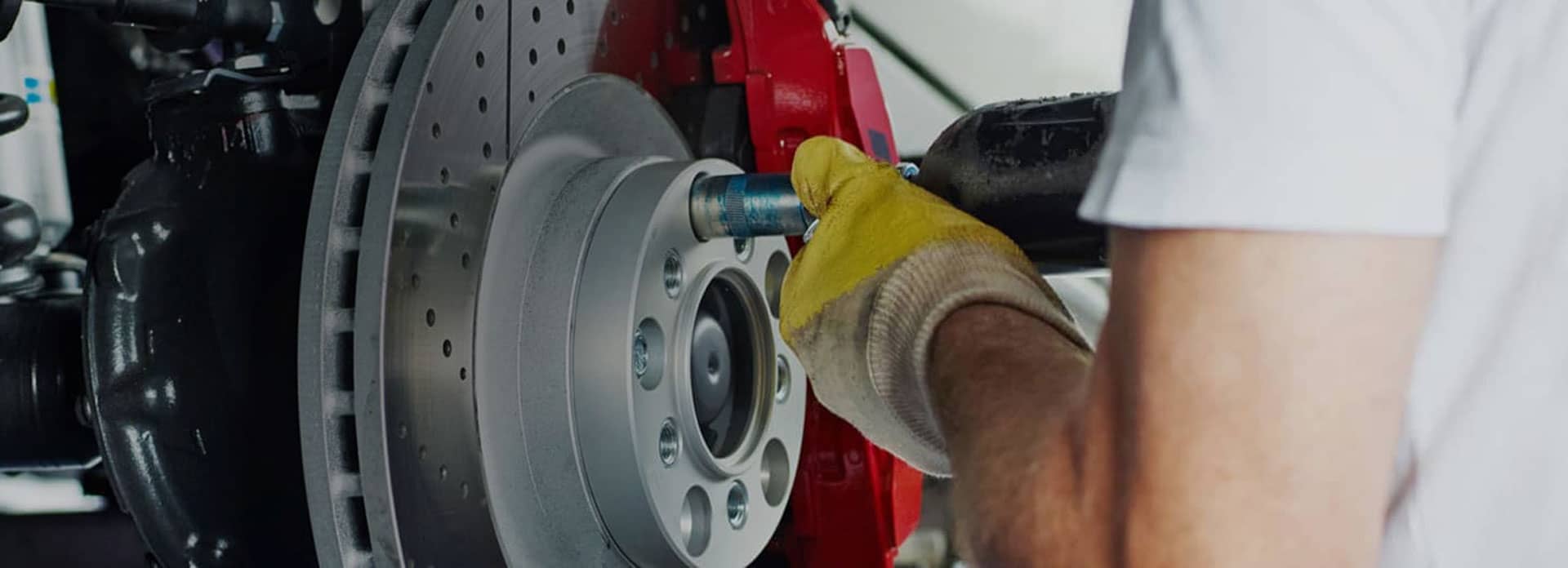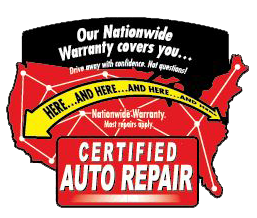
AUTONET TV
Archive for February 2024A Non-Starter (Alternator Problems in Cold Weather)Posted February 25, 2024 9:57 AMAs the temperatures dip, we all know there could be problems starting our vehicles. After all, batteries can grow old and not hold a charge as well as when they were newer. Or starters can go bad. But there's one more component to keep an especially sharp eye on during winter: your alternator. The alternator is sort of like a small generator. It sends power out to various parts in your vehicle that need electricity. That includes the battery, which needs charging to keep its power topped off. The alternator creates electricity by taking mechanical energy from the engine and turning it into electricity. It is connected to the engine by belts and pulleys. In cold weather, the material the belt is made from is less flexible than it is in warm weather. That means it may not be turning the pulleys as effectively since it doesn't have the same grip. Also, when it's colder, lubricants, including the engine oil, are a little stiffer and parts just don't move like they do when the weather's warmer. With that extra strain, sometimes it takes the alternator longer to recharge the battery. That, in turn, may leave the battery a little less power to start the engine when it's cold. You may have a warning light on your instrument panel that looks like a battery. If it lights up or if you notice your headlights flickering or not shining quite as brightly as they usually do, it could mean a weak alternator. But it also could be an aging battery, corroded battery terminals, a loose belt or another charging system part. Yes, it's complicated. Pinpointing the cause involves testing the battery and charging system with diagnostic equipment. If it does turn out to be an alternator, there are options besides replacing it with a brand new, original equipment part. Ask your service advisor for recommendations. Obviously, you want your vehicle to start reliably, especially in cold weather. Take care of your charging system and it will take care of you. East Coast Automotive Services Keeping Your Cool (Coolant System)Posted February 18, 2024 8:05 AMNo matter what the weather is like outside, your internal combustion engine expects to keep its cool all the time, even when it's really cold. That's because engines create the power that moves you to your destination by a series of tiny explosions of a fuel and air mixture. In turn, that generates a lot of heat in a small space. Your vehicle has a complete cooling system with a lot of different parts that work together to keep the temperature at a point where the metal engine parts won't heat up enough to warp. Its lifeblood is coolant, a liquid that circulates through the engine (and, in most vehicles, the transmission, too) through a series of hoses and tubes. In order to get rid of the coolant's heat, your vehicle has a part you probably recognize: the radiator. It does what its name proclaims: radiates heat. The radiator has a series of thin metal fins that coolant goes through, and when outside air passes over them, the heat is dissipated from the radiator into the air. The water pump (which is technically a coolant pump) is what propels the coolant where it needs to go. When there's a problem in the coolant system, it may because it's leaking somewhere. A few things to look out for are the temperature gauge heading into the hot, or red, zone, fluid leaks under your vehicle, or the sweet smell of coolant under your vehicle after it's been parked. If your vehicle has any of those signs, bring it in so we can check things out. A technician will inspect the water pump and hoses for any signs of leaks. They'll also look for leaks or holes in the radiator core or cores. One other potential trouble spot is the radiator cap that can sometimes fail to keep the required pressure in the radiator. Once the problems are fixed, they'll add the correct coolant and you'll be on your way. We want you to always keep your cool. East Coast Automotive Services
Always on Guard (TMPS)Posted February 4, 2024 8:14 AMOne of the most important things you can do to keep your vehicle running safely is to make sure your tires are properly inflated. If one or more is vastly over- or underinflated, that has the potential to cause major handling problems and may result in a dangerous accident. All vehicles in recent years are equipped with Tire Pressure Monitoring Systems, or TPMS. One system uses small sensors in the tires that continually check the pressure in each tire. That sensor sends a signal to computers in your vehicle which turns on an instrument panel light warning of low pressure when at least one is very low. Or it may update a numeric reading on your instrument panel which gives you an approximation of how many PSI (pounds per square inch) of air is in each tire. Another system works with your antilock brake system to measure the size of your vehicle’s tires. When one wheel is going faster than another, it will spin faster. A computer sees that and alerts you that tire’s diameter is smaller than the others and therefore must be underinflated. No matter what system you have, it’s also helpful for you to know how much pressure each tire is supposed to be inflated to. You can find that on a label on the driver’s side door sill. In addition, the TPMS system should not be used as a substitute for checking your tires with a tire gauge since the TPMS accuracy usually isn’t quite as precise. Keep in mind that tire sensors can fail, so each system acts as a backup for the other. Since many vehicles these days don’t have spare tires, it’s good to know that your TPMS can warn you if you have a leak in one of your tires. If you get a low-pressure warning, many systems will tell you which tire is low, so you can do your own visual check. Often you can see if you’ve picked up a nail or a screw if it’s sticking out of the tread or near the sidewall. Being able to receive an early warning from your vehicle of abnormal tire pressure may give you a chance to safely drive to a service center before your tire slowly goes completely flat (which can ruin the tire and badly damage the rim). It also may ultimately prevent you from being stranded somewhere with a flat tire or, most importantly, having a sudden blowout on the road. East Coast Automotive Services | ||
SearchArchiveSeptember 2020 (17)October 2020 (4) November 2020 (5) December 2020 (4) January 2021 (6) February 2021 (4) March 2021 (4) April 2021 (4) May 2021 (5) June 2021 (4) July 2021 (4) August 2021 (5) September 2021 (4) October 2021 (5) November 2021 (4) December 2021 (4) January 2022 (6) February 2022 (4) March 2022 (4) April 2022 (4) May 2022 (5) June 2022 (4) July 2022 (5) August 2022 (4) September 2022 (4) October 2022 (5) November 2022 (4) December 2022 (4) January 2023 (5) February 2023 (4) March 2023 (4) April 2023 (5) May 2023 (4) June 2023 (4) July 2023 (5) August 2023 (4) September 2023 (4) October 2023 (5) November 2023 (4) December 2023 (5) January 2024 (5) February 2024 (4) March 2024 (5) April 2024 (4) May 2024 (4) June 2024 (5) July 2024 (4) August 2024 (4) September 2024 (5) October 2024 (4) November 2024 (3) | CategoriesShocks & Struts (2)Oil Change (4)Steering (3)What Customers Should Know (30)Maintenance (4)Fuel Saving Tip: Slow Down (2)Fuel Economy (5)Winter Prep (2)Cooling System (4)Timing Belt (1)Brakes (9)Transmission (1)Inspection (2)Tire Rotation and Balancing (1)Exhaust (5)Tires (4)Auto Safety (4)Alternator (5)Tires and Wheels (2)TPMS (3)Older Vehicles (1)Battery (3)Automotive News (1)Fuel System (1)Safety (1)Fluids (2)Keys to a long lasting vehicle (2)Water Pump (1)Wheel Bearings (1)Air Conditioning (3)Fuel Pump (1)Drive Train (1)Shocks and Struts (2)Service Intervals (1)Alignment (1) | |

OUR REVIEWS


George Catuogno, 11/14/2024It’s great to have found a local auto repair shop to bring my vehicles to, whatever the need. The people running this operation have integrity and are very competent. Service costs are very reasonable. I highly recommend them.





